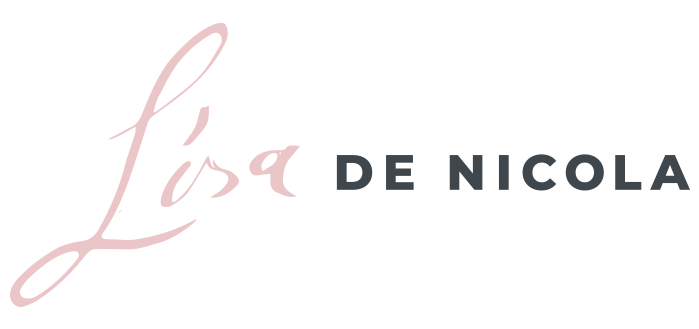The ‘Compassionate Leader.’ The leader that has a vision, invests in their people and knows how to take an organization to the next level with people at its core. Better yet, by creating a people-first culture.
With the pace, our world is moving at and the ever-changing world of business, training and L&D initiatives (learning and development) is a go-to for corporate. To help their leaders be better leaders and for general professional development across the workforce.
According to The Training Industry, organizations spent $359 billion on training in 2016. My guess is this number will continue to rise living in the world of AI (artificial intelligence) and digitalization, but my question is:
are organizations investing in the right kind of training for the right employees?
Research
shows otherwise. 75%
of 1, 500 managers surveyed from across 50 organizations were dissatisfied
with their company’s learning and development (L&D) function and only 12%
of employees apply new skills they learned in their L&D programs.
The % of employees applying new skills they learned isn’t exactly surprising, but should those be acceptable numbers? As with any learning, retention drops significantly within days if we’re not taking active steps to apply the learning and retain the knowledge. That’s up to the trainees, not your program facilitator and/or trainer.
Many organizations want to do right by their employees and increase organizational effectiveness by investing in their development, but it starts by identifying the right problems to solve and tying that into what they actually need to be even better.
As we’re looking ahead to this year you’ve likely already mapped out your L&D initiatives. Here are a few points to consider to ensure you’re investing in the right training for the right employees:
Intention – What’s the intention behind your training? What’s prompting a training program now vs. 10 months from now? What’s important about this training and what outcome are you hoping to achieve by the end? How about 6-12 months from now? These are the questions you want to explore if you haven’t already. Ask the easy and hard questions before jumping to training as a quick fix. This will help form your WHAT and WHO needs the training.
Timing – you’ve selected a timeframe to train your leaders and/or your employees that will enhance and support their learning and development. This may seem like an obvious consideration, i.e. avoid year-end or end of the quarter when the business is meeting deadlines or sales targets (depending on the business you’re in). Include those being trained and consider when would be a relevant time so their learning is optimized and it’s relevant for what they’re doing currently in their role.
The WHAT – assuming you know why you’ve decided to invest in a training program, what are you training on? This is where things can get sticky. As an example, your organization may be going through a transition. Let’s use technology for the sake of ease. Very top line – here is your case:
You’re going through a major technology transformation. The obvious is training will be required on new systems and new technology. But you also have leadership changes so there are people changes in the mix. Your HR team has identified L&D needs based on leadership direction and you’ve appointed a 3rd party vendor (a mix of change management professionals, consultants & coaches) to come in and train and support employees on the technology changes.
The problem is the technology isn’t what the actual need is. It’s the people aspect. There’s a gap between leaders and their employees. They’re resistant to the overarching changes that are taking place i.e. the direction of the organization, better support for their employees on the ground, being more connected to their employees to understand their needs and their demands and so on. The technology piece is simply one aspect. A big one yes, but not quite what needs to be the focus or the training for that matter.
Spend the necessary time here to really do due diligence to identify what training needs to take place to ensure you’re investing in the right training.
The WHO – so now you know what training you’d like to offer. Who is this training for and who will benefit from directly participating? For the example mentioned above, leaders seem like the appropriate audience. In this case, I would also consider gathering feedback from employees as well to help craft the training. No sense in creating training on assumptions and vague or general guesses of what leaders ‘think’ they need. Do the work, ask your staff and gather this info so you understand what some of the specific challenges are you will train on and tailor it to your audience.
As someone who has a passion for people, investing in them is a no brainer! To help people thrive in all areas of their life brings me so much joy. It’s why I committed to Coaching professionals and helping organizations create a people-first culture. While supporting your employee’s development goes beyond just a training or L&D program, make sure you’re investing in solving the right problem in your organization while supporting the right people. Your investment and your employees will thank you! 🙂
How effective have training and development programs been in your organization?
What have been some of the benefits you’ve experienced?
Let me know in the comments below!
Here’s to your personal and professional development!
Lisa xo






